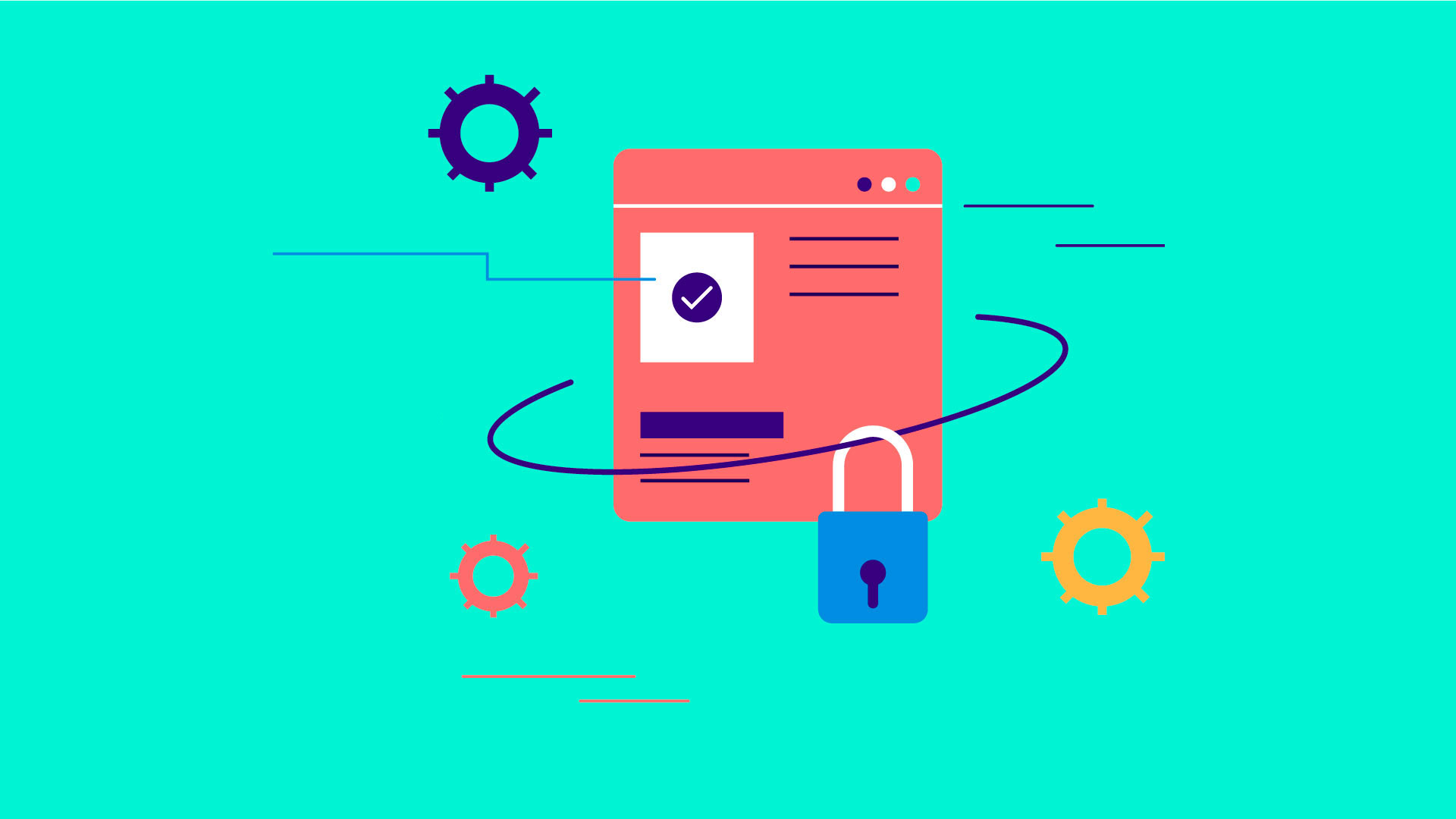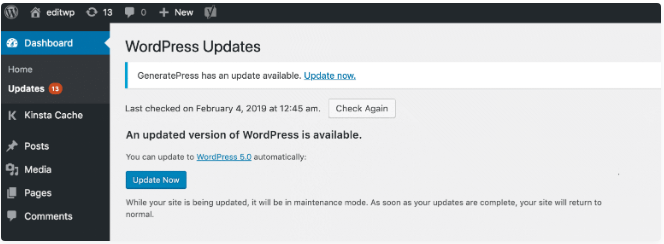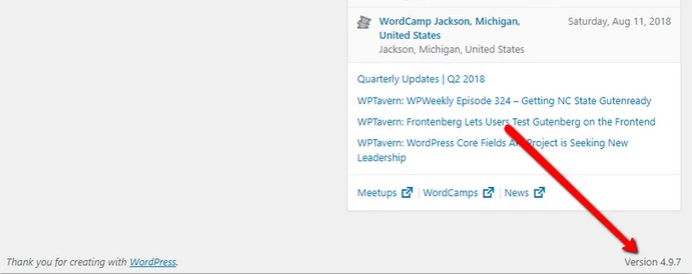Top 10 recommendations to improve your WordPress website security

Websites across the world are powered by WordPress. Millions of people have flocked to the platform and used it in their daily business. The security of your WordPress website must be given the greatest importance as there are huge chances of vulnerabilities that might affect your website drastically. Make sure you lock the entrances before your business gets hacked to pieces. With the internet evolution, the solutions for better protection of websites increase — and so does the creativity of cybercriminals. List of WordPress security vulnerabilities are as follows:
1. Backdoors
Hackers are provided with hidden passages bypassing security encryption due to backdoor vulnerability and get access to WordPress websites via abnormal methods. This can cause wreak chaos on hosting servers with cross-site contamination attacks which compromises multiple websites hosted on the same server. Studies have reported that backdoors continue to be one among the many post hack actions taken by the attackers which have affected many of the sites having some or the other form of backdoor injection.
Exploiting weaknesses and bugs in outdated versions of the platforms these backdoors are encrypted to look alike the legitimate WordPress system files and make their way through to the WordPress databases. Scanning your website with different tools, having a two-factor authentication, blocking your IPs, restricted admin access and preventing unauthorized PHP files execution can help easily detect common backdoors.
2. Pharma Hacks
Vulnerabilities on your site help hackers to hack it easily. Once they have access, they carry all their malicious activities. Pharma hack is a kind of malicious activity where hackers take advantage of SEO efforts to sell illegal drugs. They rank their products by targeting all your ranked pages and implementing black hat SEO techniques. Therefore, pharma hacks are also termed as SEO spam hacks. This hack also goes by the name of Google Viagra hack as it is a popular drug sold online. These hacks are difficult to detect as the hackers do not modify the content immediately after hacking. If you suspect a pharma hack, you can take two routes to detect its location.
- Scan for a Pharma Hack using a Plugin: There are plenty of security plugins taking on the tasks of scanning, cleaning and protecting your website. These plugins comb through your site and detect code which is known to be malicious. Sometimes this method also fails if the hacker has used a new code or has disguised the code. There arises a need for a perfect scanner that can analyze the behaviour of the code and check every hidden malicious file.
- Manual Scan for a Pharma Hack: A manual scan of your Pharma hack is technical and time-consuming. Tampering on your WordPress backend is not at all advisable if you do not have that much knowledge on what you are doing. Your WordPress plugins folder and your database get primarily infected with this Pharma hack. Identifying the hack, yourself will be a daunting task as it is next to impossible to be 100% sure if you have detected every infected file. Using recommended WordPress hosting providers with up to date servers and regularly updating your WordPress installations, themes and plugins are the best ways to prevent Pharma Hacks.
3. Brute-force Login Attempts
This kind of login attempts use automated scripts to exploit weak passwords and gain access to your site. Some of the easiest and highly effective ways to prevent brute- force attacks are two-factor authentications, using strong passwords limited login attempts, monitoring unauthorized logins, IP blocking, etc.
4. Malicious Redirects
If attackers compromise your website, they might insert malicious code redirecting visitors to malware or phishing sites. Malicious redirects are normally inserted into a website by attackers with the intention of creating advertising impressions. A malicious redirect can be inserted anywhere on your site. It might be in your site files or even in your database.
5. Cross-Site Scripting (XSS)
When a malicious script is inserted into a trustworthy website or application to send malicious code cross-site scripting occurs. Typically, browser-side scripts, to the end-user without them knowing it. The purpose is usually to grab cookie or session data or perhaps even rewrite HTML on a page.
Let’s investigate the top 10 recommendations on how to better harden your WordPress security.
1) Secure WordPress Hosting
The security of WordPress is much more than having a good password. Only a small percentage of websites get hacked due to the weak login information. So how do attackers access the websites and hack them? Insufficient server-side security gives access to hackers. That’s where we need a secured WordPress hosting to keep our WordPress website safe and secure.
2) Use Latest PHP Version
PHP, as we all know, is the coding language on which WordPress is built on. It is the backbone of your WordPress website. Its version is set at the server level. Keeping PHP up to date is a very important factor in keeping your website safe. The latest version of PHP will have the latest security features.
3) Latest versions of Plugins, Themes, and WordPress
Keeping it always up to date is the most crucial way to solidify your WordPress safety. This includes WordPress core, plugins, and themes (both those from the WordPress repository and premium). These updates are for a reason and many times these include bug fixes and security enhancements. Few of the website owners cite reasons like for not updating “site will break” or “core modifications will be lost” or “plugin X won’t work” etc. Some of the websites break mostly because of the bugs in the older version of your WordPress.

4) LockDown WordPress Admin
The most prevalent approach of WordPress security by obscurity is effective for an average WordPress site. Your websites are less likely to be attacked if it is made harder for hackers to find backdoors. To keep your website safe, you must lock down your WordPress admin area. Change your default wp-admin login URL and limit your login attempts to keep your WordPress website away from hackers.
5) HTTPS – SSL Certificate
Adding HTTP authentication is the best way to lock down your admin. An SSL ensures that the sensitive data of your website’s visitors will be transferred over a secure network. This will require a username and password before being able to access the WordPress login page.

6) Hide WordPress Version
Hide your WordPress version to let less others know about your WordPress site configuration. If intruders come to know that you are running an outdated WordPress version there arises a huge risk of your website getting hacked.


7) Database Security
Better your website security by using a clever database name. Making your database name harder will help you to make it harder for the hackers to identify and access your database details. The next option you can opt for is to use a different database table prefix. There are different ways to change the WordPress table prefix on existing installations.
8) Secure Connections
It’s vital to have secure connections. You must make sure that WordPress host it taking precautions namely SFTP or SSH. SFTP or Secure File Transfer Protocol (also known as SSH file transfer protocol). Be careful when logging into your WordPress site in public locations. Verify the network SSID before connecting.
9) File and Server Permissions
WordPress lets different files to be writable by the webserver. To beef up your WordPress server security file permissions on both your web server and your installation are crucial. If permissions are too loose anyone can just enter and gain access to your site and hack it, on the other hand, if the permissions are strict it could break the website functionality. That is the reason you should have the correct permissions set across.
10) Prevent hotlinking
You find an image on the internet somewhere and use the URL of the image directly on your site. That specific image will be displayed on your website and served from the original location. This is a kind of theft as it uses the hotlinked website’s bandwidth. This will generate a lot of extra costs.
Wrapping up:
As discussed above there are several ways to harden the WordPress website security. Keeping servers and core plugins up to date, secured managed hosting etc. are the few tactics that will help you keep your website running safely. Take some time and implement some of the best practises mentioned above and protect your website from intruders.





